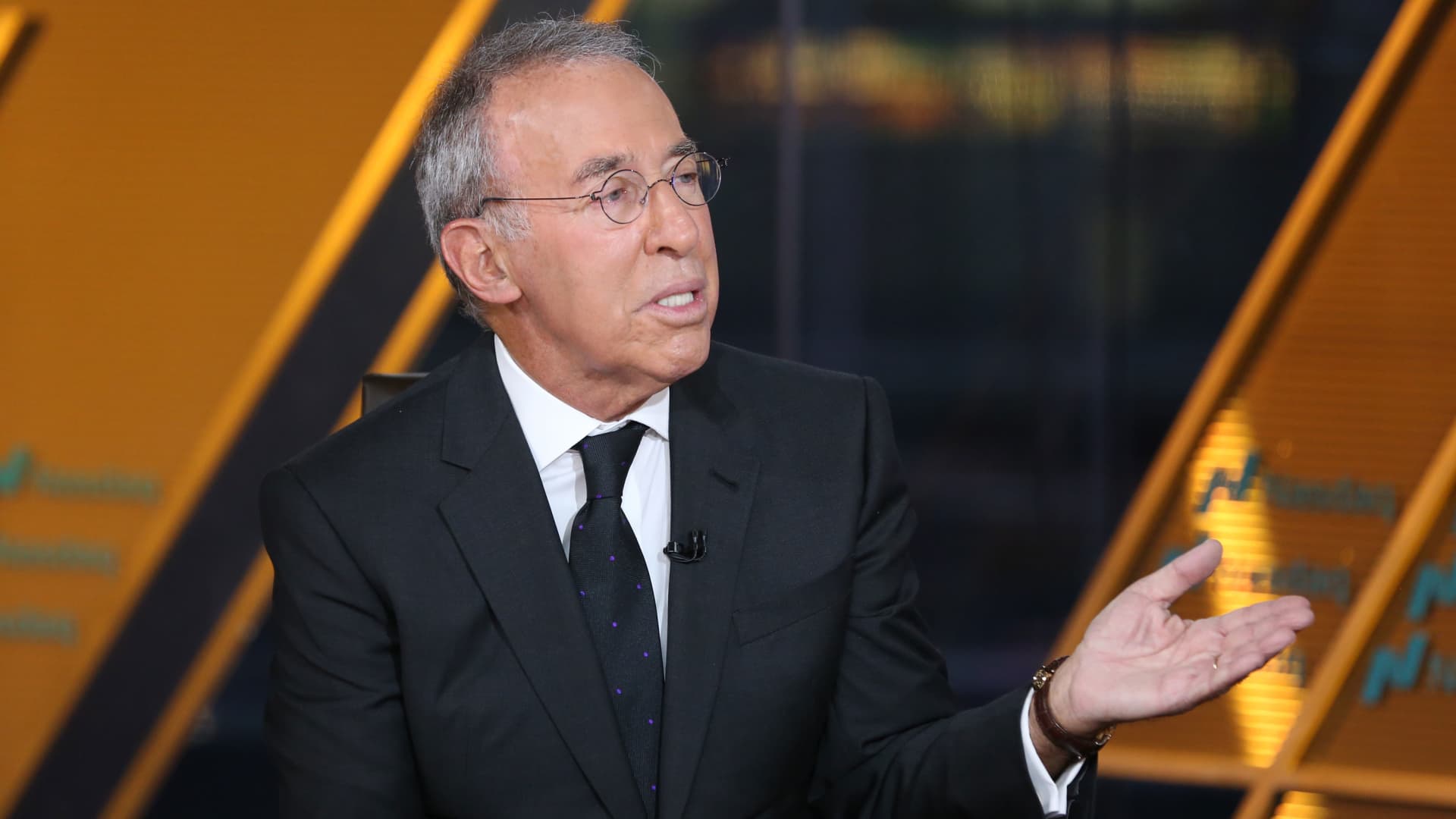U.S. and China officials reach consensus on rare earths, tariff pause for Trump and Xi to consider

US President Donald Trump boards Air Force One prior to departure from Joint Base Andrews in Maryland, October 5, 2025, as they travel to a Navy 250 celebration near Norfolk.
Saul Loeb | Afp | Getty Images
Top Chinese and U.S. economic officials on Sunday hashed out the framework of a trade deal for U.S. President Donald Trump and Chinese President Xi Jinping to finalize that would pause steeper American tariffs and Chinese rare earths export controls and resume U.S. soybean sales to China, U.S. officials said.
U.S. Treasury Secretary Scott Bessent said the talks on the sidelines of the ASEAN Summit in Kuala Lumpur had eliminated the threat of Trump’s 100% tariffs on Chinese imports starting November 1. Bessent said he expects China to delay implementation of its rare earth minerals and magnets licensing regime by a year while the policy is reconsidered.
Chinese officials were more circumspect about the talks and offered no details about the outcome of the meetings.
Trump and Xi are due to meet on Thursday on the sidelines of the Asia Pacific Economic Cooperation (APEC) summit in Gyeongju, South Korea, to sign off on the terms. While the White House has officially announced the highly anticipated Trump-Xi talks, China has yet to confirm that the two leaders will meet.
“I think we have a very successful framework for the leaders to discuss on Thursday,” Bessent told reporters after he and U.S. Trade Representative Jamieson Greer met with Chinese Vice Premier He Lifeng and top trade negotiator Li Chenggang for a fifth round of in-person discussions since May. Bessent said he anticipates that a tariff truce with China will be extended beyond its November 10 expiration date, and that China will revive substantial purchases of U.S. soybeans after buying none in September in favor of soybeans from Brazil and Argentina.
U.S. soybean farmers “will feel very good about what’s going on both for this season and the coming seasons for several years” once the deal’s terms are announced, Bessent told the ABC program “This Week.”
Greer told the “Fox News Sunday” program that both sides agreed to pause some punitive actions and found “a path forward where we can have more access to rare earths from China, we can try to balance out our trade deficit with sales from the United States.”
Chinese caution
China’s Li Chenggang said the two sides reached a “preliminary consensus” and will next go through their respective internal approval processes.
“The U.S. position has been tough,” Li said. “We have experienced very intense consultations and engaged in constructive exchanges in exploring solutions and arrangements to address these concerns.” Trump arrived in Malaysia on Sunday for a summit of the Association of Southeast Asian Nations, his first stop in a five-day Asia tour that is expected to culminate in a face-to-face with Xi in South Korea on Thursday.
After the talks, Trump struck an optimistic tone, saying: “I think we’re going to have a deal with China.” Trump threatened new 100% tariffs on Chinese goods and other trade curbs, starting on Nov. 1, in retaliation for China’s expanded export controls on rare-earth magnets and minerals. China and the United States rolled back most of their triple-digit tariffs on each other’s goods under a trade truce due to expire on Nov. 10.
The U.S. and Chinese officials said that in addition to rare earths, they discussed trade expansion, the U.S. fentanyl crisis, U.S. port entrance fees and the transfer of TikTok to U.S. ownership control.
Bessent told NBC’s “Meet the Press” program that the two sides have to iron out details of the TikTok deal, allowing Trump and Xi to “consummate the transaction” in South Korea.
Talking points
On the sidelines of the ASEAN Summit, Trump hinted at possible meetings with Xi in China and the United States.
“We’ve agreed to meet. We’re going to meet them later in China, and we’re going to meet in the U.S., in either Washington or at Mar-a-Lago,” Trump said. Among Trump’s talking points with Xi are Chinese purchases of U.S. soybeans, concerns around democratically governed Taiwan, which China views as its own territory, and the release of jailed Hong Kong media tycoon Jimmy Lai.
The detention of the founder of the now-defunct pro-democracy newspaper Apple Daily has become the most high-profile example of China’s crackdown on rights in Hong Kong. Trump also said that he will seek China’s help in U.S. dealings with Moscow, as Russia’s war in Ukraine grinds on.
Fragile truce
Tensions between the world’s two largest economies flared in the past few weeks as a delicate trade truce, reached after a first round of trade talks in Geneva in May and extended in August, failed to prevent the United States and China from hitting each other with more sanctions, export curbs and threats of stronger retaliatory measures. China’s expanded controls on rare earths exports have caused a global shortage. That has prompted the United States to consider a ban on software-powered exports to China, from laptops to jet engines, according to a Reuters report.









